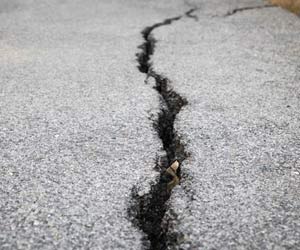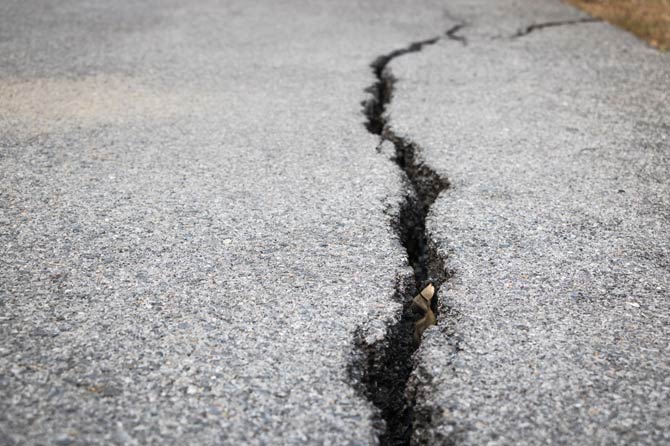Through base isolation, engineers decouple the building or the superstructure from its substructure which rests on ground, thus protecting the building during an earthquake


Representational picture
ADVERTISEMENT
New Delhi: Though earthquakes have wreaked havoc in many parts of the country, Indian real estate and infrastructure sector still has lots more to learn -- and implement -- to ensure the safety of life and property. Although structural requirements and concerned technologies are incorporated in the building process, sector players say many modern technologies used worldwide are yet to be widely used in the country.
According to V.K. Gehlot, Director, National Centre for Seismology, "base isolation" and "dampers" are the major technologies to make buildings strong enough to resist seismic vibrations. But they are not widely used in India because of the cost involved and requirement of frequent maintenance.
Through base isolation, engineers decouple the building or the superstructure from its substructure which rests on ground, thus protecting the building during an earthquake.
Dampers on the other hand work as shock absorbers and minimise the magnitude of vibrations transmitted to the building from the ground.
The cost difference between a building with and without dampers is approximately Rs 350 per square feet, according to Major Sandeep Shah, Managing Director of Taylor Devices India.
The company is a manufacturer of earthquake-resistant equipment and he says "all developers" in the country are aware of the technology.
Shah said the company's devices have been used in Terminal-2 of Chhatrapati Shivaji International Airport, Mumbai, lobby block building of Apollo Hospital, New Delhi, and New Udaan Bhavan at the Indira Gandhi International Airport, Delhi.
He pointed out that "at present none of the buyers are aware that by using dampers buildings can be protected and would remain habitable even after a major earthquake. That may be the reason why no one (buyer) is asking for such buildings." But once they are made aware, Shah was sure they would want the technology in the building they are going to live in.
According to Aunirban Saha, Director (Marketing, Construction and Sustainability) of the Saha Groupe of Companies, "most of real estate projects are designed to the grade of 'Earthquake Resistant -- Collapse Prevention' ". That means that in the event of a major earthquake, the building would not collapse and there won't be any loss of life. However, the building itself would not be in a habitable condition and would need to be demolished and reconstructed, he explained.
The next higher standard is "Earthquake Resistant -- Immediate Occupancy" in which the building may suffer some minor damage but there would not be any loss of life or property. "Rarely in the Indian real estate scenario buildings are designed to this category," Saha added.
The highest category of structural safety is that of "Earthquake Resistant -- Operational". Under this, there would be no damage to the property or any injury caused to its occupants irrespective of the magnitude of the earthquake.
Saha said most developers go for the first category of "Collapse Prevention" as they find it more cost-effective. Most home buyers are not aware of earthquake-related safety grades, he added.
The higher structural grades, Saha said, made more sense in today's market scenario for commercial real estate because such properties are preferred by big multinational companies.
According to Dikshu C. Kukreja, Principal Architect at C.P. Kukreja Associates, "all leading architects of India have the knowledge and skill about the technologies available to incorporate them in our designs and construction."
Other than dampers, structural concepts such as bracing -- where X-shaped braces strengthen the columns of the buildings -- and couplers -- where bars are joined together -- help in absorbing movement during an earthquake.
Siesmologist Gehlot says that earthquake resistance should be enforced as a default, even for small structures. Today, when building a house, 95 per cent people do not bother about earthquakes. "Our usual way of construction is that we will give it to a mason and they will start constructing," he adds.
All that needs to change, he emphasises.
Catch up on all the latest Crime, National, International and Hatke news here. Also download the new mid-day Android and iOS apps to get latest updates
This story has been sourced from a third party syndicated feed, agencies. Mid-day accepts no responsibility or liability for its dependability, trustworthiness, reliability and data of the text. Mid-day management/mid-day.com reserves the sole right to alter, delete or remove (without notice) the content in its absolute discretion for any reason whatsoever
 Subscribe today by clicking the link and stay updated with the latest news!" Click here!
Subscribe today by clicking the link and stay updated with the latest news!" Click here!







